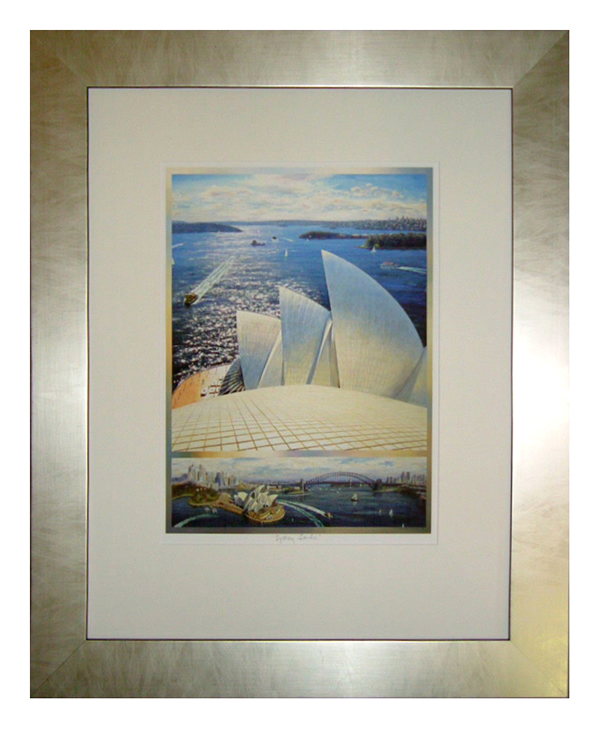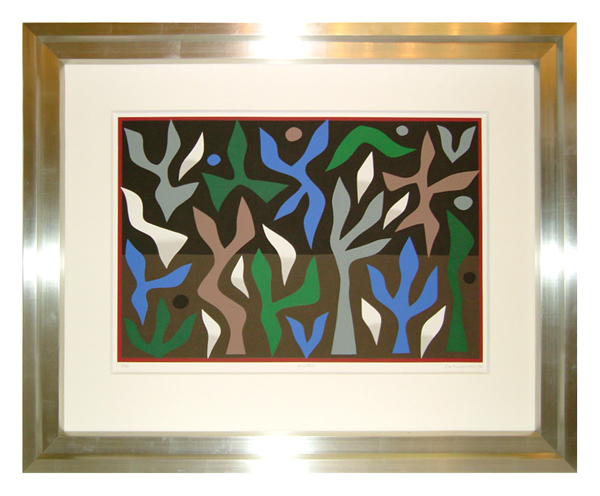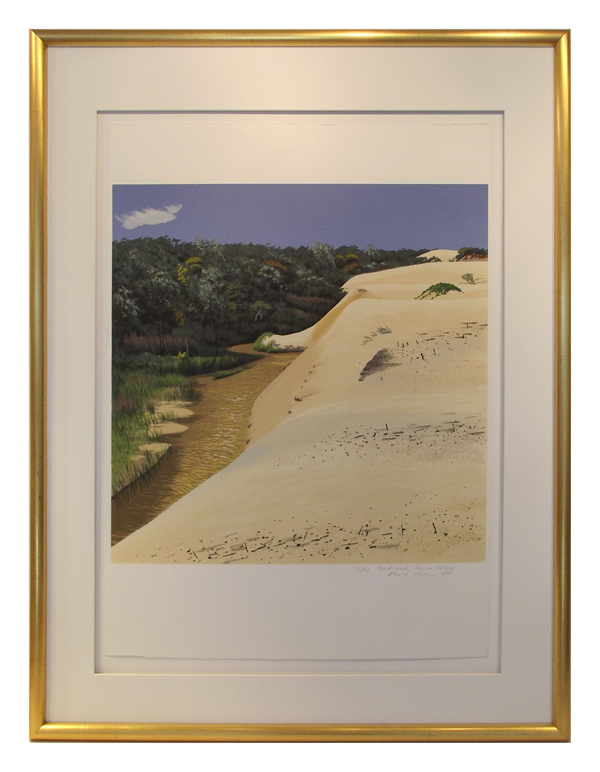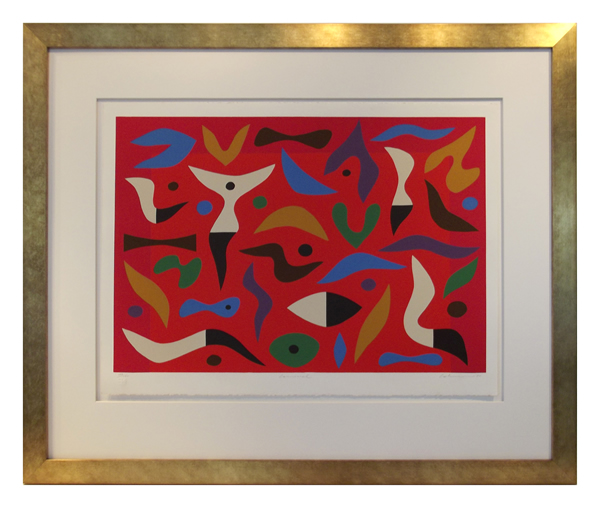Numbered prints have been available for many years. Durer, Rembrandt and their contemporaries were issuing prints long before the days of mass commercial printing.
They are usually signed in pencil, so they can be washed without losing the detail.
Numbered prints have been available for many years. Durer, Rembrandt and their contemporaries were issuing prints long before the days of mass commercial printing.
They are usually signed in pencil, so they can be washed without losing the detail.
Limited edition prints are considered original art on paper. Printmaking methods include; silkscreen (serigraphy), etching, drypoint and (now) giclee (computer based printing). Printing stock is often the best rag paper and may have a deckle or torn edge, the rough edge resembling handmade paper made with a mould and deckle.
These works are usually valuable, because of their limited number and the artist’s status. Before we had the GST, the tax office designated 99 as the maximum quantity of a ‘limited edition.” This quantity was sales tax free; editions over 100 became taxable as “reproduction prints”.
They were very popular from the mid nineteenth century. Australian twentieth century artists included Margaret Preston, Brett Whitely, Lloyd Rees, Sydney Nolan and John Coburn. With the advent of Giclee printing in the 1990’s we see editions (often in large format) of works by John Olsen, Margaret Olley and many overseas artists.
These prints need to be treated the same as antiquarian prints, only the size differs. Conservation mounting methods should be used. This involves hinging the print to an acid free base, then adding mats to hold the print and keep it off the glass. The mat(s) can be decorated and/or fitted with a spacer or other decorative devices.
We like to use wide mats and narrow timber frames on the very large ones. Aluminium framing was very popular in the 1980’s, but that’s a bit passé today. Box framing in a deep frame with spacers and no mat is a good alternative where overall size is an issue.
It’s important to use u.v. filtering glass and to hang away from excessive light.
As corporate collections of the 1980’s are downsized, there are many opportunities to buy L/E prints at auction. However you should always check whether they have been glued down. If so, WALK AWAY, the cost of restoring them can be exceedingly high, often higher than the true value of the print.



